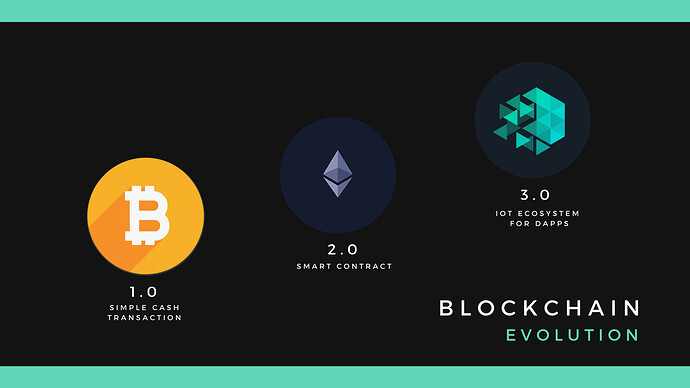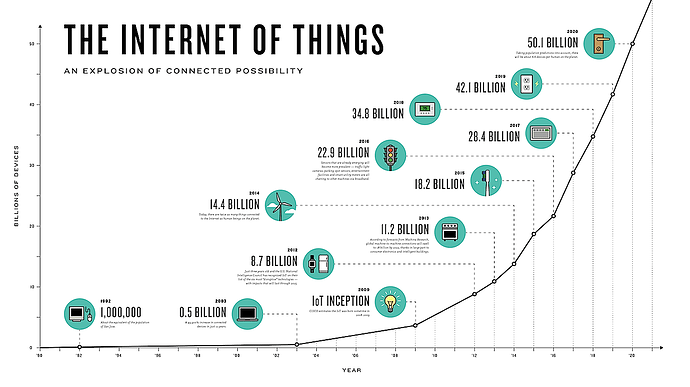Blockchain, an elegant combination of cryptography, distributed systems, and economics, is the underlying technology that powers most major cryptocurrencies on the market. In terms of blockchain’s data structure, a block that contains metadata and a series of transactions will hash-point to a previous block, thus allowing the linked blocks to become chains. A blockchain is immutable and append-only e.g., while new blocks can be added onto the chain, the old blocks remain untouched by the new block. Each (full) node in this distributed system holds a copy of all valid blocks, while actively validating incoming new blocks and simultaneously broadcasting the creation of a new block to its peers.
To truly understand blockchain, one has to understand cryptoeconomics. Cryptoeconomics is the use of incentives, penalties, and applied cryptography to design a new system and often enlists all nodes to support the overall blockchain system. In Satoshi’s white paper, we learned that token incentives can be used to enlist miners mining Bitcoins and penalties, such as hardware and electricity, are applied to prevent hackers from gaining control of the hashing power.
Blockchain 1.0 and 2.0
Blockchain technology is rapidly evolving. Blockchain 1.0, such as Bitcoin, is used for simple cash related activities, e.g. currency transfer, remittance, and digital payment systems. Blockchain 2.0, such as Ethereum, advances to smart contracts, which have a variety of applications for stocks, bonds, mortgages, titles, and properties. Unlike its previous versions, **blockchain 3.0 will have improved SPD (Scalability, Privacy, and Developability) **. Experimental testnets have emerged in the last six months, e.g. casper, sharding, lightning/raiden network, plasma, and ZK-STARK. However, most of these testnets are not ready for widespread adoption and integration to the mainchain. Progress on blockchain 3.0 is most likely going to come from blockchains that are designed for vertical optimization with a specific concentration, such as the IoT.
Blockchain 3.0 for the IoT
IoT is the idea that physical things will ultimately connect to each other via the internet, creating endless opportunities for nodes to collaborate. Our mission is to connect the virtual world with the physical world, block by block. Tokens will incentivize developers to build better DApps for the IoT world.
The Nature of the IoT
There are three key characteristics of the IoT that must be accounted for when it comes to designing blockchains: heterogeneity, the sheer volume of devices, and the connection with the physical world :
1. Heterogeneity: IoT nodes are incredibly diverse. For example, they support numerous lightweight operating systems such as Riot, Windriver Vxworks, Android Things OS, and Nucleus RTOS, and not all operating systems are compatible with one another. Furthermore, IoT nodes support distinct communication protocols: MQTT, DDS, and CoAP, just to name a few. Finally, perhaps the most evident difference between IoT nodes is their physical attributes, such as connectivity, processing speed, power consumption, and memory footprint. Nodes are not always connected to the IoT gateway and poor connectivity makes real-time communication particularly challenging. A smart blender and an autonomous vehicle could not be more different, yet both are part of the IoT and need to be able to interact with one another in the future.
2. Sheer volume of devices: As society grows and technology progresses, the number of IoT nodes continues to grow. The Ericsson mobility report estimates that there will be over 18 billion IoT nodes by 2022! Scaling IoT technology to the number of connected nodes while remaining cost-effective is imperative. The current IoT systems rely on a centralized communication model in which billions of IoT devices are managed by backend cloud servers, which in turn has led to severe scalability issues as well as potential security threats.
3. Connection with the physical world: The fact that IoT nodes are connected with the physical world creates multiple challenges in terms of privacy and security. First and foremost, data control can be lost if centralized parties such as companies collect more and more data about users and the surrounding environments. For example, one pew research report on privacy concerns related to the IoT goes as far as to state that the IoT will lead to a “prison-like” world with a “small class of ‘watchers’ and a much larger class of the experimented on, the watched”. In addition, the nodes themselves will be more vulnerable and if they are not properly secured. For example, vehicles can now be breached since they are connected to the internet, allowing hackers to remotely control the vehicles.
In summary, blockchains that can support future IoT DApps will need to address heterogeneity, the sheer volume of devices, security, and privacy, as well as the high computational cost that comes with the IoT network.



